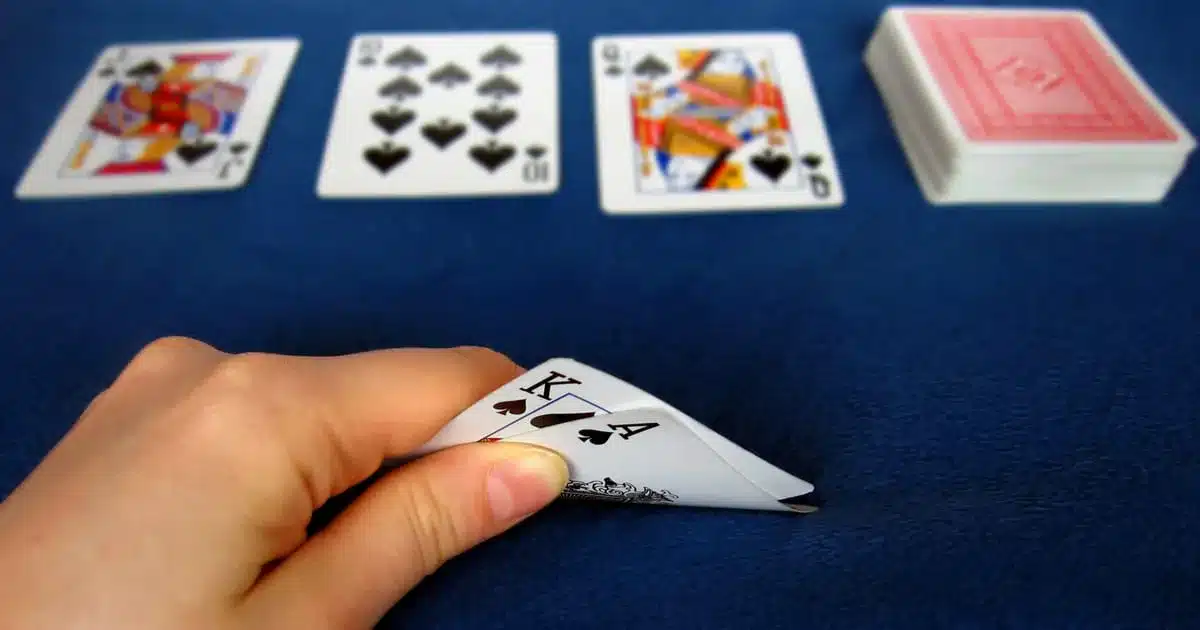
In poker, few situations are as exciting — or as potentially profitable — as holding a flush draw. Whether you’re chasing that fifth suited card on the turn or river, knowing how to play flush draws aggressively can turn missed Natural8 opportunities into winning pots. However, aggression must be balanced with calculation and timing. This guide will show you how to master flush draws, apply pressure strategically, and maximize your long-term winnings.
Understanding the Flush Draw
A flush draw occurs when you hold four cards of the same suit and need just one more to complete your flush. For example, if you have A♠ Q♠ and the flop shows 7♠ 10♠ 2♦, you have a flush draw — any spade on the turn or river will complete your hand.
The odds of hitting a flush draw by the river are about 35%, making it one of the strongest drawing hands in poker. Yet, many players misplay it — either by being too passive and letting opponents dictate the pace, or by being too reckless and losing control of the pot.
Why Aggression Matters with Flush Draws
Aggressive play isn’t about blindly shoving chips into the pot; it’s about creating fold equity and maximizing your expected value (EV). By betting or raising with a flush draw instead of merely calling, you give yourself two ways to win:
- Your opponent folds — you win the pot immediately.
- You hit your flush — you win a bigger pot at showdown.
Aggression turns your draw into a semi-bluff, combining potential hand strength with pressure that forces opponents to make difficult decisions.
When to Play Flush Draws Aggressively
Not every flush draw should be played the same way. The key is to identify situations where aggression makes strategic sense. Here are the best spots to apply it:
1. In Position
Playing in position gives you control over the pot and the flow of betting. You can bet your flush draws on the flop and check back the turn if you miss, keeping your options open.
2. Against Weak Opponents
Passive or tight players often fold too easily to aggression. Betting or raising with a flush draw can exploit their cautious tendencies and win you pots without a showdown.
3. On Coordinated Boards
If the board has multiple draws (like straight and flush possibilities), aggressive play can disguise your hand and make your opponents think you’re representing a made hand instead of chasing one.
4. With Additional Equity
When your flush draw also comes with a straight draw or overcards, you have even more chances to win. These combo draws are ideal candidates for aggressive semi-bluffs.
How to Bet Your Flush Draws Effectively
Flop Play
The flop is where you establish control. If you’re the preflop raiser, a continuation bet (c-bet) with a flush draw maintains your image and sets up later aggression. If you face a bet, consider raising to apply pressure and build the pot for when you hit.
Turn Play
If the turn doesn’t complete your draw, your decision depends on the situation. Continue betting if the board is favorable and your opponent looks uncertain. Otherwise, you can check behind to see the river affordably.
River Play
When the flush completes, think about value extraction. Many players check-call out of fear of the flush, but if your opponent is likely Spartan Poker to pay off, a well-sized bet can maximize profits. Conversely, if you miss, a bold bluff may still win the pot — especially if the board texture supports your story.
Common Mistakes to Avoid
- Chasing without pot odds: Don’t call large bets when the reward doesn’t justify the risk.
- Overplaying weak draws: Not all flush draws are equal — having low cards can lead to losing even when you hit.
- Ignoring board texture: If the board pairs or straightens, your flush may not be the best possible hand.
Smart aggression means recognizing when to push and when to slow down.
Conclusion
Mastering flush draws is about more than luck — it’s about strategy, timing, and controlled aggression. By learning to play your draws assertively, you create winning opportunities even when your hand isn’t yet complete.